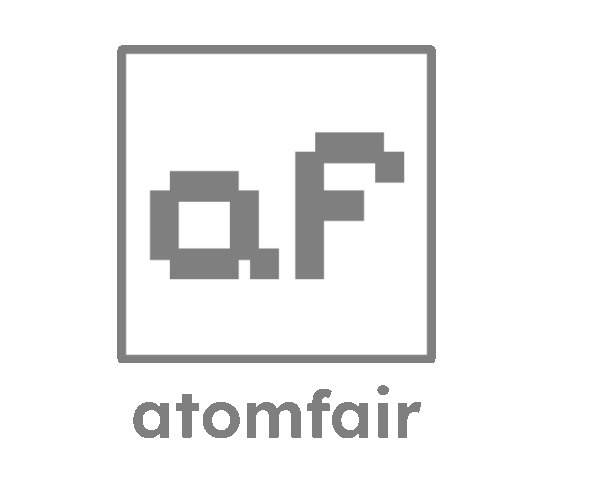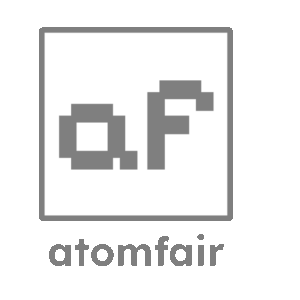Your cart is currently empty!

LSC641 Cathode Current Collector Slurry | Anti-Oxidation Coating for SOFC Interconnect Layers
Product Overview Our LSC641 Cathode Current Collector Slurry is a high-performance coating material engineered to enhance electron transport and oxidation resistance in the interconnect layers of solid oxide fuel cell (SOFC) air electrodes (cathodes). Formulated with high-purity LSC641 (La₀.₆Sr₀.₄CoO₃₋δ) as the active component, this slurry delivers exceptional mixed ionic-electronic conductivity (MIEC) and robust (anti-oxidation properties), while ensuring strong adhesion to cathode substrates and interconnects. Available in two tailored viscosity ranges (3000–4500 cP and 600–1500 cP) to suit diverse application methods, this slurry features a high solids content (60–75%) and fine fineness (
Description
Key Properties & Advantages
This LSC641 cathode current collector slurry combines high-performance electrochemistry with durable processability, tailored for SOFC interconnect environments:
High Solids Content (60–75%): Enables thick or thin film deposition in minimal coats, forming a dense, conductive layer after sintering—critical for low-resistance current collection and long-term stability in oxidizing atmospheres.
Fine Fineness (<5 μm): Ensures uniform dispersion of LSC641 particles, preventing agglomerates that could block oxygen diffusion or disrupt electron flow. The sub-5 μm size promotes intimate contact with cathode active layers (e.g., LSC641 or LSCF) and interconnect surfaces, enhancing conductivity.
Dual-Viscosity Options for Versatile Coating:
3000–4500 cP: Optimized for screen printing or doctor blading, ideal for thick (10–30 μm) collector layers on flat interconnects, ensuring no sagging and uniform coverage.
600–1500 cP: Perfect for spray coating or dip coating, enabling smooth, thin (5–15 μm) films on complex interconnect geometries, maintaining porosity for oxygen diffusion while ensuring conductivity.
Enhanced Anti-Oxidation Performance: LSC641’s cobalt-rich composition forms a protective oxide layer in oxidizing environments (air), resisting degradation at 600–800°C—critical for long-term stability in SOFC interconnects exposed to high-temperature air.
Exceptional MIEC Conductivity: LSC641’s intrinsic ability to conduct both electrons and oxygen ions enhances oxygen reduction reaction (ORR) activity at the cathode-interconnect interface, reducing polarization resistance and boosting SOFC power density.
Broad Compatibility: Compatible with common SOFC cathode materials (LSC641, LSCF), electrolytes (GDC, YSZ), and metallic interconnects (ferritic stainless steels), ensuring minimal interfacial reactions and thermal expansion matching.
Strong Adhesion: Formulated with a high-temperature binder system that burns out cleanly during sintering (400–600°C), leaving a porous yet robust LSC641 layer that withstands thermal cycling without delamination or cracking.
Core Applications
SOFC Interconnect Layers & Cathode Current Collection
This LSC641 slurry is a critical component in SOFC cathode design, optimizing current collection and oxidation protection in interconnect layers:
Cathode Current Collector Layers: Applied as a conductive bridge between the cathode active layer and metallic interconnects, it reduces contact resistance and ensures efficient electron transport from the ORR site to the interconnect.
Interconnect Protection: Forms a protective coating on metallic interconnects, preventing chromium evaporation (a common cathode poison in SOFCs) and resisting oxidation in high-temperature air, extending interconnect lifespan.
Thick-Film & Thin-Film Coating:
The 3000–4500 cP formulation suits thick-film applications (e.g., planar SOFC interconnects), providing robust conductivity and mechanical stability.
The 600–1500 cP option enables thin-film coating on textured or curved interconnects, maintaining oxygen diffusion pathways while ensuring uniform current distribution.
High-Temperature Electrochemical Devices
Oxygen Separation Membranes: Used as a conductive current collector in oxygen separation systems, leveraging its high-temperature stability and oxygen ion conductivity.
Technical Specifications
Its active component is high-purity LSC641 (La₀.₆Sr₀.₄CoO₃₋δ), with a solids content of 60–75 wt.% (including LSC641 and binder system). The fineness (maximum particle size, laser diffraction method) is <5 μm, and the viscosity options are 3000–4500 cP or 600–1500 cP (measured at 25°C using the Brookfield method). The binder system is a high-temperature organic binder (burns out cleanly at 400–600°C), the color is a black to dark gray slurry, and the sintering temperature is 950–1100°C in air (2-hour ramp + 1-hour hold).
Solids content measurement to confirm 60–75 wt.% range.
Fineness analysis (laser diffraction) to verify <5 μm particle size.
Viscosity testing (Brookfield method) to ensure compliance with 3000–4500 cP or 600–1500 cP specifications.
Adhesion testing (tape test post-sintering) to confirm layer integrity.
Conductivity testing at 600–800°C to validate electrochemical performance.
.
Related products
-
8YSZ Zirconia Powder | (Y₂O₃)₀.₀₈(ZrO₂)₀.₉₂ | High-Stability Electrolyte for SOFCs & Thermal Barrier Coatings
-
ATF PEM Water Electrolysis Hydrogen Production Membrane Electrodes – High-Durability Custom Solutions
-
ATF PEM Water Electrolysis Hydrogen Production Test Bench – Precision Testing for Electrolyzers & Single Cells
-
ATF Single Cell Test Fixtures – Customizable Solutions for Fuel Cell ResearchProduct Details
-
ATF Water-Cooled Hydrogen Fuel Cell Stacks – High-Efficiency Power Solutions for Scientific Research
